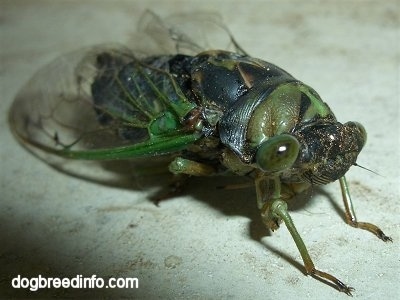
Annual cicada: Tibicen chloromera
Periodic cicada: Magicicada septendecim
Cicadas are very loud, fairly large (25-50mm), destructive insects. There are two types of cicada in the United States: annual and periodic. Annual are green and periodic are black and red.

The larvae of a periodic cicada spend 13-17 years underground. There are seven different types of periodic cicada species and different varieties of them, those with 13-year cycles and those with 17-year. Seventeen-year cicadas can be found widely in the north and 13-year can be found in the south and Midwest. Four species known today have 13-year life cycles and three with 17-year cycles.
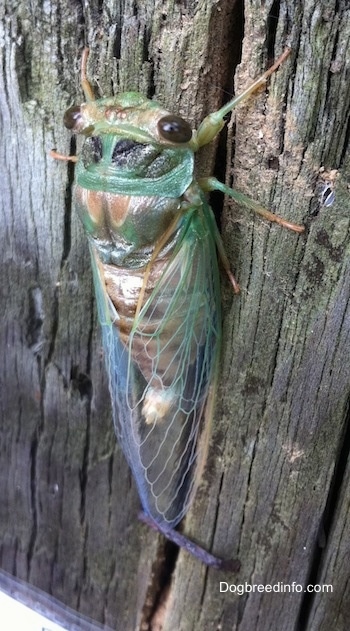
Annual cicada
The larvae of an annual cicada spend 2-5 years underground. They usually emerge between the months of July and August.
While cicada larvae are underground they suck root juices from host trees. Cicadas have a unique and very loud mating call; males use their drum-like abdomen to produce a loud buzzing sound
that sounds like they are singing. Females make clicking sounds in return. They sing in unison; rising and falling about 1-2 times per second. Each song lasts about 20 seconds before fading away. The song of the cicada can be heard almost exclusively at dusk into the early evening hours. After mating, females cut into tree bark to lay their eggs. Females can lay up to 600 eggs at one time! The eggs remain under the bark until the fall, when they drop to the ground and burrow down into the soil and begin sucking the root juices once again. It is these underground years that are most destructive to the trees. While cicadas are very destructive to shrubs and trees, they are harmless to animals and humans. A lot of people call cicadas locusts, however they are not really a locust. Locusts are a type of grasshopper.
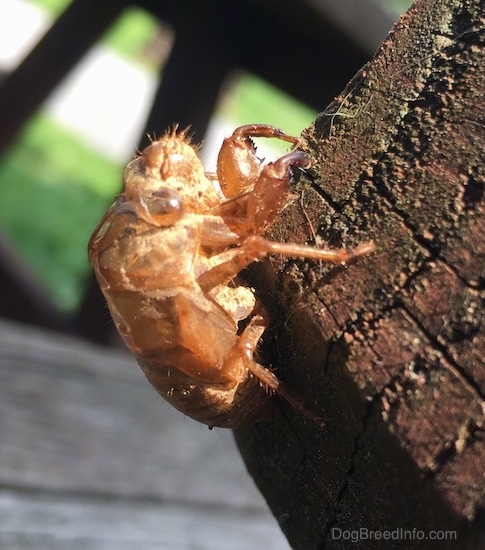
Cicadas shed their skin in intervals as they grow. These skins are often mistakenly called locust shells.
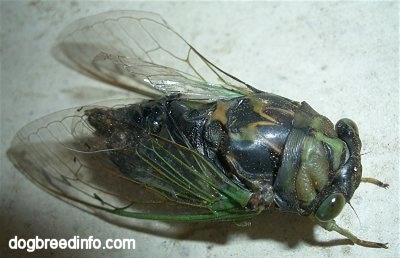
Annual cicada
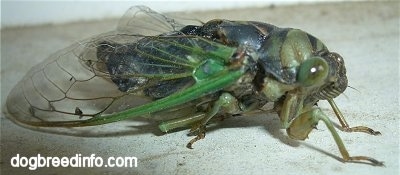
Annual cicada
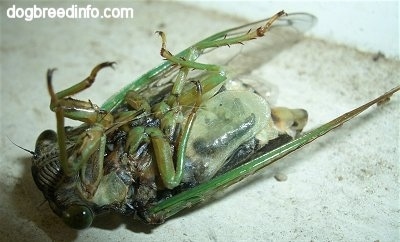
Underside of an annual cicada

Cicadas skin
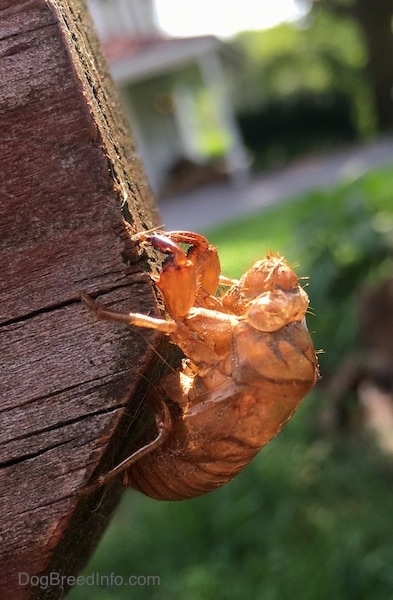
Cicadas skin
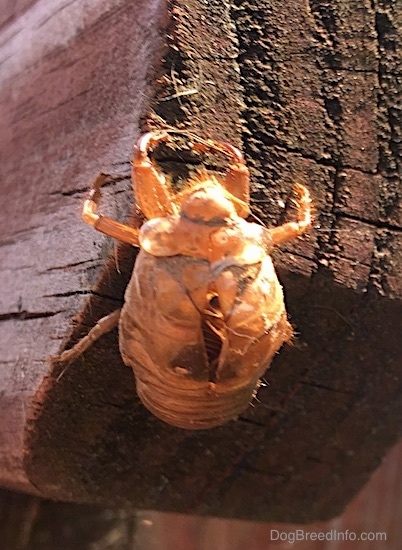
Cicadas skin
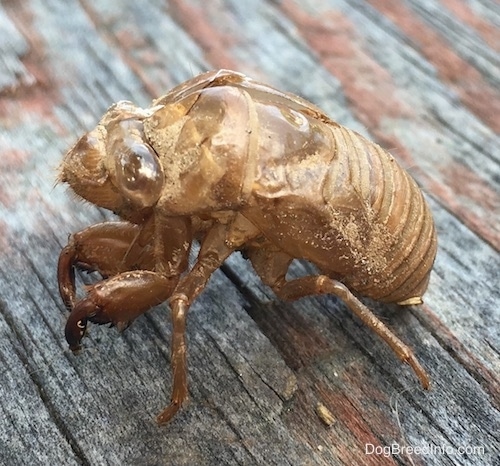
Cicadas skin
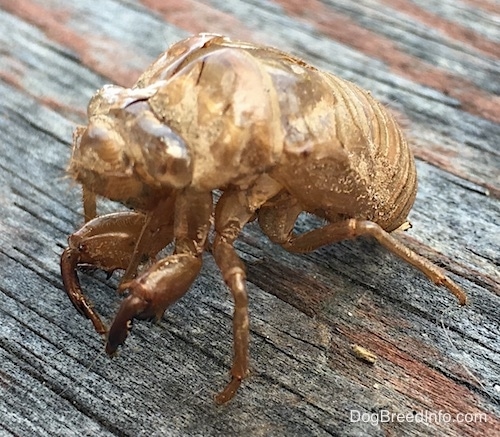
Cicadas skin